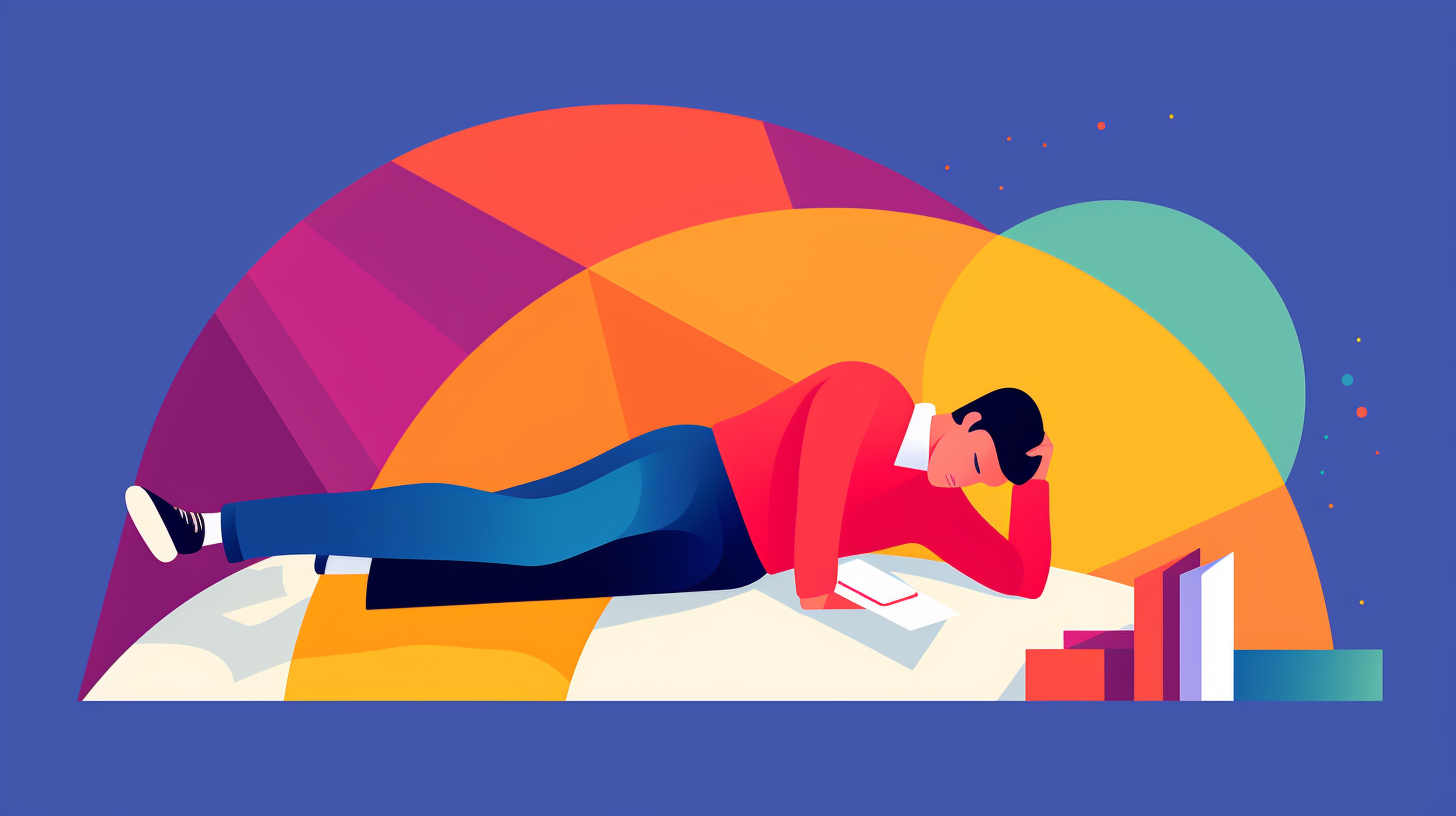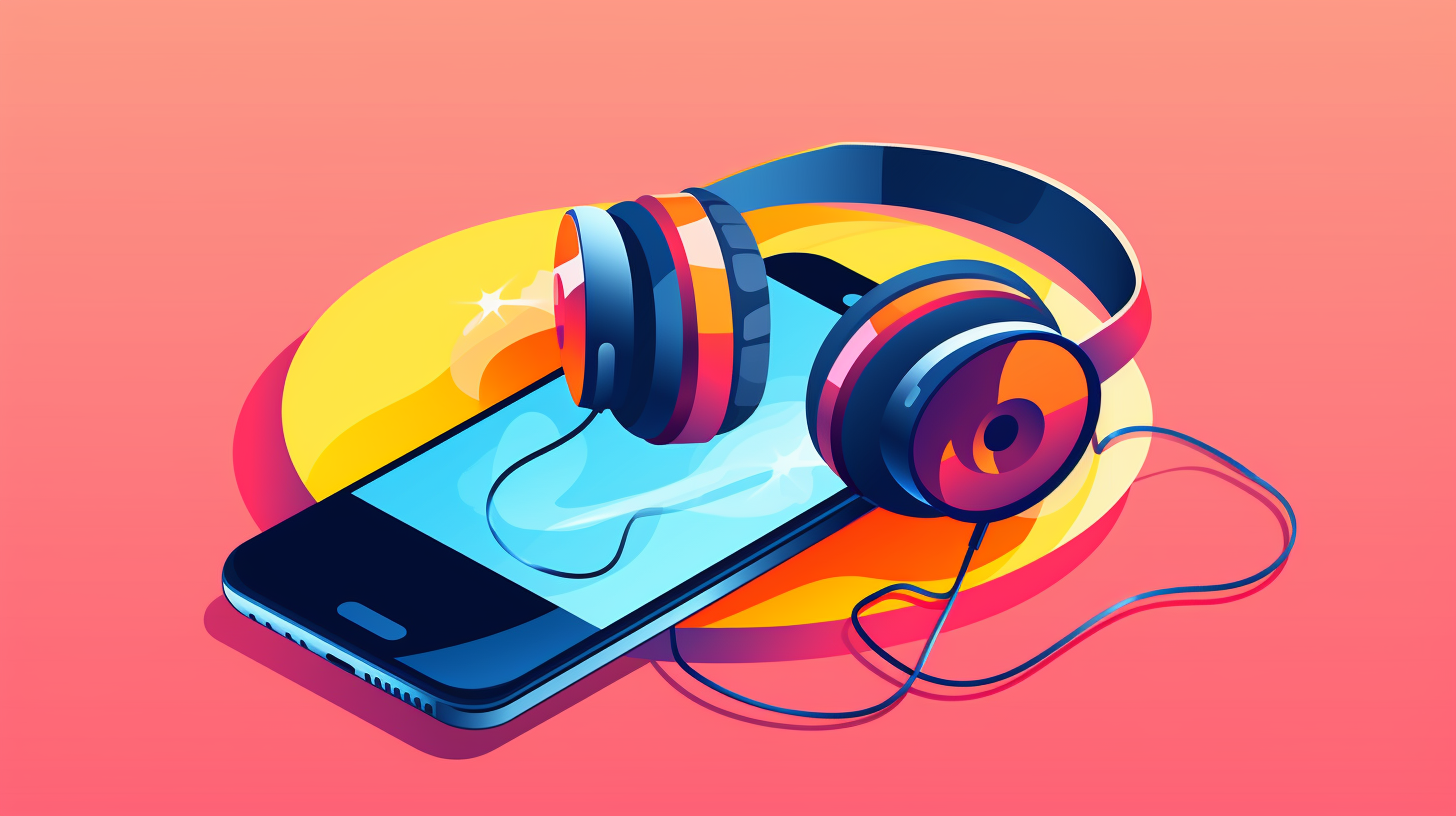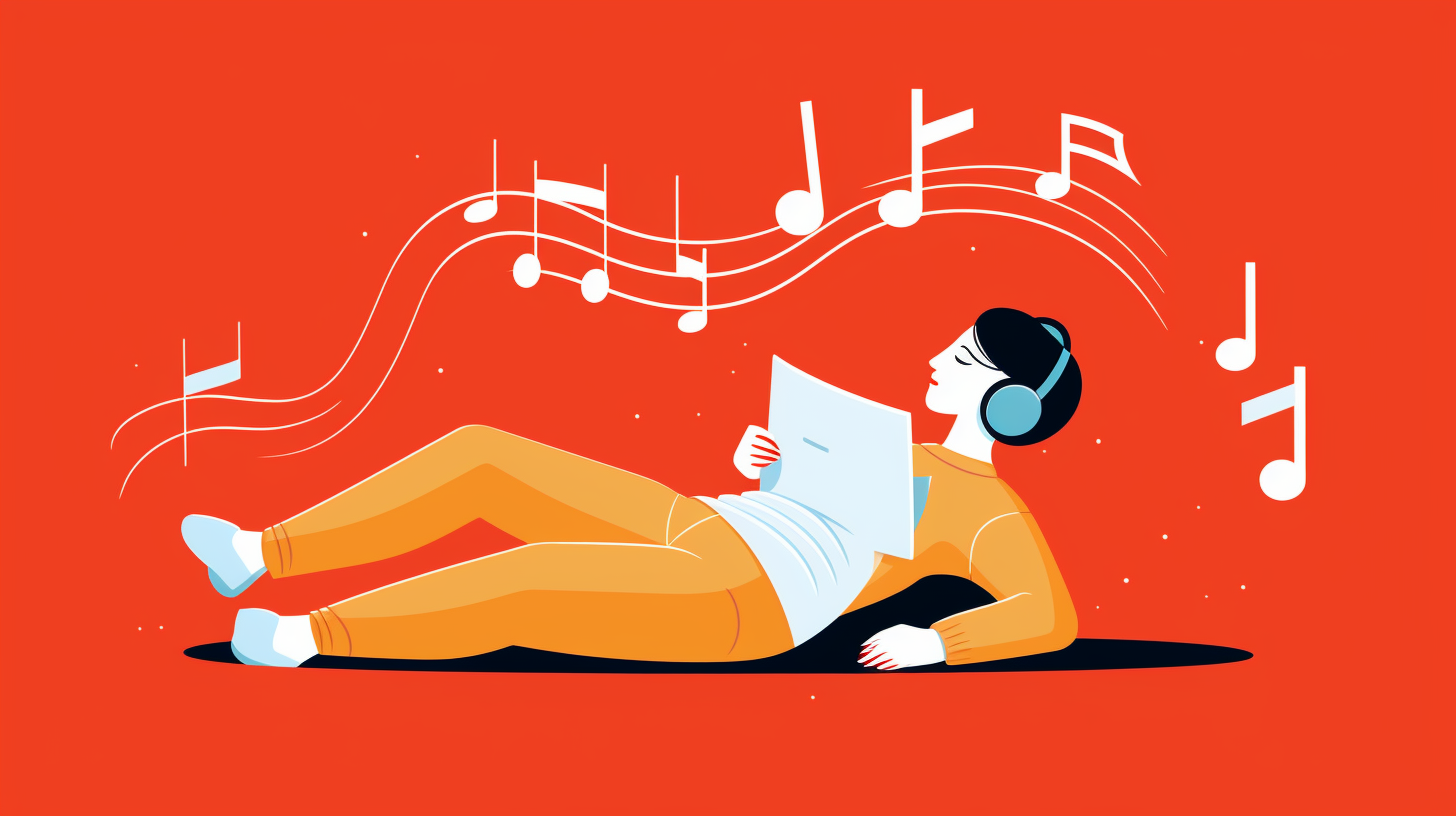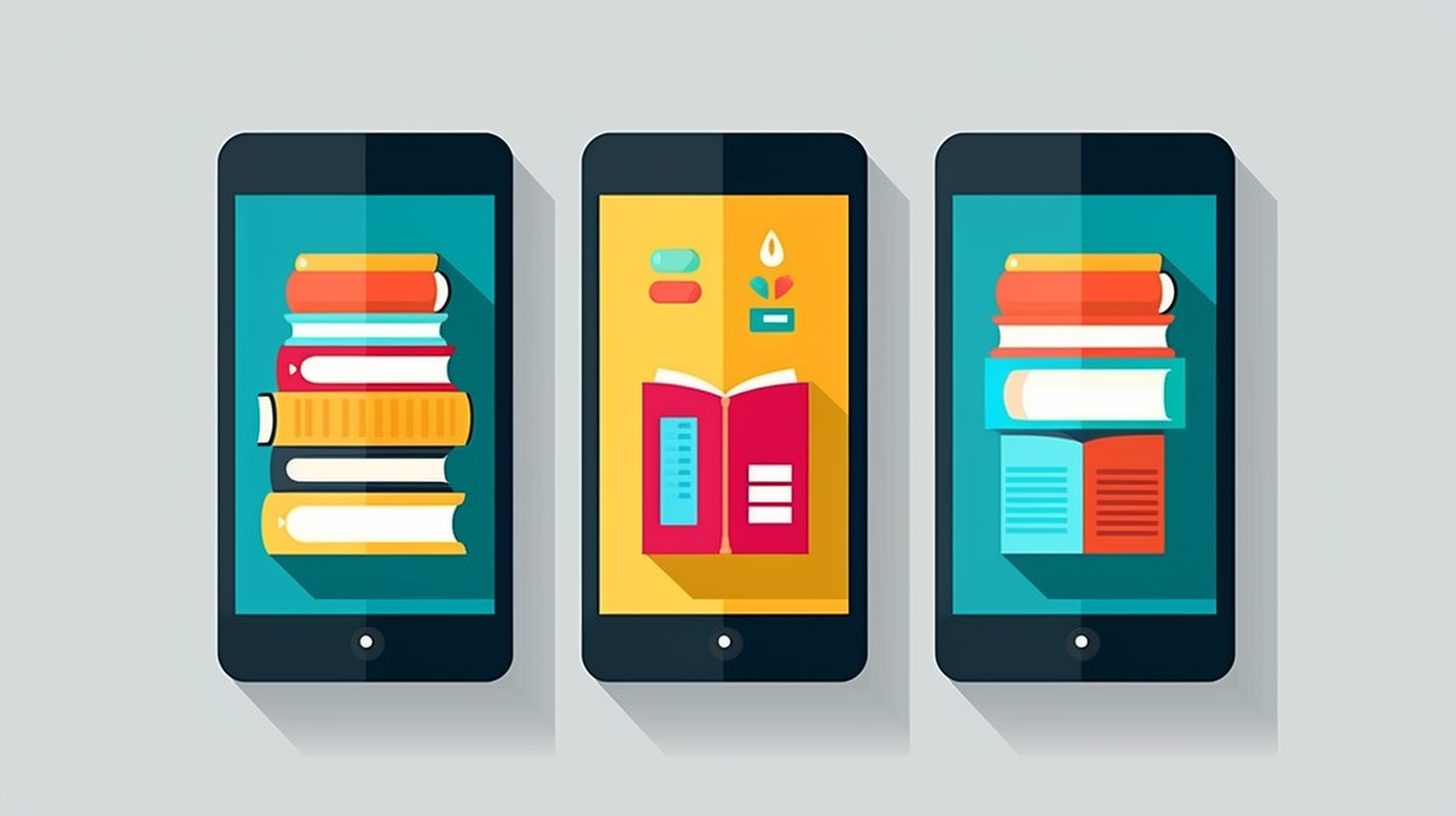Experiencing a “headache when reading” can be an unwelcome disruption to your daily reading routine. This common complaint often has readers wondering if their favorite pastime is to blame. But before putting down that book, let’s jump into what’s happening.
We’ll explore the causes of headaches when reading, from eye strain in dim lighting to the more surprising culprits unrelated to your literary journey. Understanding the common types of headaches can shed light on your symptoms and effects, which might stem from your reading habits.
Don’t fret; we’ve got your back with strategies to prevent these pesky headaches and remedies to alleviate them if they strike. And, if you’re ever in doubt, we’ll guide you when seeking medical help. Ready to turn the page on reading-induced headaches? Let’s get started.
Causes of Headache When Reading
When you settle into a good book, the last thing you want is a headache from reading to disrupt your escape. Eye strain headache is a prominent issue for readers, and it’s essential to understand how it can interfere with your reading experience.
The strain on your eyes caused by intensive focus, particularly during long reading sessions, often leads to discomfort. If you’re reading text that’s too small or in poor lighting, your eye muscles work overtime to adjust. This can lead to eye strain headaches, manifesting as dull, consistent pain around the eyes and forehead.
Your reading posture also significantly contributes to whether you develop a headache. Slouching or reading at an odd angle places additional strain on your eyes, neck, and shoulders, leading to tension headaches.
Also, factors such as dehydration or lack of sleep can exacerbate the likelihood of experiencing a reading headache. It’s essential to stay hydrated and well-rested to minimize these risks.
On the other hand, if you’re prone to eye strain migraines, reading can be a trigger. These are intense headaches often accompanied by sensitivity to light and sometimes nausea. Addressing the root cause, such as eye strain, is crucial in preventing migraines.
It’s important to note that while eye strain can cause headaches, not all headaches from reading are due to eye strain. Identifying the actual cause means you can take steps to prevent them. Adjusting the lighting, taking frequent breaks, and ensuring your reading material is at a comfortable distance are practical remedies.
Remember, though, that reading and headaches don’t have to go hand in hand. Proper care and precautions allow you to enjoy your reading hobby without pain. Also, you may opt for audiobooks as a convenient alternative to traditional reading, giving your eyes a well-deserved break while indulging in your favorite stories.
Common Types of Headaches
While you’re exploring alternatives like audiobooks to diminish the likelihood of a headache from reading, it’s crucial to understand the common types of headaches you might be aiming to avoid.
Tension Headaches
Tension headaches are the most prevalent form of headache you might experience. They manifest as a consistent, dull ache on both sides of your head, akin to a tight band wrapped around your forehead. This pressure can lead to an eye strain headache, particularly if you’re prone to reading in poor lighting or maintaining a suboptimal posture for extended periods. The discomfort can last 30 minutes to a few days, and the frequency can vary wildly, from occasionally to more chronic cases. Often, these headaches are not severe enough to prohibit daily activities but can be uncomfortable enough to seek relief, perhaps through the ease of audio-based literature.
Migraine Headaches
Migraine headaches are another category that frequently incapacitates readers. These are not your average reading headaches; they pack a more severe punch with pulsating pain typically localized to one side of the head. Along with pain, you might encounter symptoms like eye strain migraine, aura, nausea, and acute sensitivity to light and sound. These can last from a few hours to several days, making the delight of a good book feel more like a chore. Suppose you’re in the throes of a migraine. In that case, the immersive experience of an audiobook can be a gentle alternative, letting you give your eyes the rest they need without forgoing the pleasures of a gripping narrative.
Understanding these headaches underscores the importance of considering audiobooks as a viable option for your literary adventures, ensuring you can jump into stories without the dread of a looming headache. With audiobooks, you sidestep the potential strain on your eyes and the consequential headaches, safeguarding your reading plans.
Symptoms and Effects of Reading-Induced Headaches
When you’re engrossed in a book, the last thing you want is a reading headache to disrupt your enjoyment. Recognizing the symptoms is crucial for identifying and remedying a headache from reading. You might experience a dull ache across your forehead or a tight sensation around your temples. This discomfort, often from eye strain, signals your brain’s intensive workout while reading.
Eye strain headache is one of the most frequent complaints, manifesting as a throbbing pain behind the eyes. It can occur if the distance between you and your book is too close or your reading material is not well-lit. So, prolonged focus on text may exhaust your eyes, quickly leading to a headache.
But can eye strain cause headache? Absolutely. Suppose your neck is angled awkwardly, or your back is hunched for extended periods. In that case, this poor posture may intensify your discomfort, pushing a simple eye strain headache into a full-blown eye strain migraine. This severe form of headache typically includes additional symptoms such as nausea, sensitivity to light, and sometimes, an aura effect—an indication to give your eyes a much-deserved break.
Interestingly, the probability of experiencing eye strain headaches increases with fatigue, especially when reading is done later in the evening. This fact is not surprising as you’re more likely to be tired during these hours, further exacerbating the risk of reading and headaches.
| Symptom | Likely Cause | Possible Remedy |
| — | — | — |
| Dull Ache | Extended reading | Shorter sessions |
| Throbbing Pain | Close reading | Adequate lighting |
| Tight Sensation | Poor posture | Ergonomic seating |
| Nausea & Light Sensitivity | Eye strain migraine | Resting the eyes |
To avoid these unpleasant experiences, consider giving audiobooks a try. They provide the story without the strain, allowing your eyes to rest while your mind continues to explore fascinating narratives. Whether you’re dealing with a simple headache from reading or a more intense eye strain migraine, switching to an audiobook can be a game-changer, permitting you to indulge in literature comfortably, anytime, anywhere.
Preventing Headaches while Reading
Adjusting Lighting Conditions
Good lighting is crucial to prevent a headache from reading. Excessive brightness can lead to an eye strain headache. You’ll want to ensure your environment has soft, natural light. If bright light from windows is the culprit, consider using curtains or blinds to diffuse it. Indoors, opt for bulbs that mimic natural light, as they’re gentler on your eyes compared to fluorescent lighting. Computer screens are notorious for glare, but you can mitigate this with anti-glare covers or by adjusting your monitor settings to reduce eye strain headaches. Remember, the proper illumination supports your eye health and can make an audiobook experience even more enjoyable, as you won’t have to worry about screen glare interrupting your listening sessions.
Taking Frequent Breaks
Taking frequent breaks is an effective strategy against reading headaches. Carry out the 20-20-20 rule: every 20 minutes, shift your gaze to something 20 feet away for 20 seconds. This practice helps reset your focus and reduces the risk of eye strain migraines. Breaks allow your eyes to rest, reminding you that switching to an audiobook could give your eyes the break they need without interrupting your literary adventures. If you’re prone to eye strain headaches, remember that the flexibility of audiobooks lets you effortlessly switch between reading and listening, keeping those headaches at bay without missing a beat of the story.
Correcting Posture
Your reading posture directly impacts whether you experience eye strain headaches. Sit upright with your back supported and the reading material at eye level to avoid bending your neck at awkward angles. Can eye strain cause headaches? Absolutely, if your posture forces you to strain your eyes to see the text. Ensure your chair provides proper support, and consider a standing desk as an alternative to alleviate tension that might contribute to a reading headache. A correct posture not only prevents discomfort but also enhances your ability to focus, which serves well when indulging in the rich worlds offered by audiobooks. Perfect posture pairs with the ease of listening, allowing you to immerse fully in your book without the distraction of a potential eye strain headache.
Remedies for Reading-Related Headaches
Over-the-Counter Pain Medication
When you’re struggling with a headache from reading, one immediate step to relief may be over-the-counter pain medication. These readily available remedies can reduce the inflammation and discomfort caused by eye strain headaches. Acetaminophen and ibuprofen are among the typical choices known to alleviate pain effectively. Adhere strictly to the recommended dosage to avoid any drug-related complications.
Applying a Cold Compress
You might find applying a cold compress to your forehead beneficial for a non-pharmacologic approach. This simple method helps numb the pain, reducing a reading headache and any associated inflammation. Keep a cold compress or a damp cloth cooled in a refrigerator on hand, apply it to the affected area while taking a break from reading, and feel the soothing effects.
Relaxation Techniques
To combat an eye strain migraine, relaxation techniques like deep breathing, progressive muscle relaxation, or gentle yoga can be pretty efficient. These strategies aim to relieve the tension that often accompanies or exacerbates eye strain headaches. Consistent practice can also lessen the severity of headaches from reading over time, offering you a double benefit as they promote overall well-being.
Remember, can eye strain cause headaches? Yes, it can. But does eye strain cause headaches for everyone? Not necessarily. It’s essential to individualize your approach to managing reading and headaches. Emphasize regular breaks and consider audiobooks as an effortless way to reduce the demands on your eyes, potentially limiting the frequency of eye strain headaches.
When to Seek Medical Help
Experiencing a headache from reading can often be managed with the simple adjustments you’ve been practicing. Yet, there are times when these headaches might signal something that requires medical attention. Knowing when to consult a healthcare professional is crucial if you’re dealing with persistent eye strain headaches or unusual symptoms.
If your headache and vision symptoms last more than 60 minutes or occur exclusively in one eye, you might face more severe conditions beyond standard eye strain migraines. Sudden vision changes unrelated to a headache or visual disturbances that were never evaluated can be concerning. Immediate medical help becomes essential in these scenarios.
Those new to experiencing reading headaches should mainly take note of further weakness on one side of the body or speech changes accompanying these headaches. Such symptoms should prompt an urgent visit to your healthcare provider. Also, the onset of headaches or vision changes after age 50 can hint at underlying issues requiring a professional assessment.
In rare cases, angle-closure glaucoma can present with severe eye pain, headache, nausea, and vision changes, constituting a medical emergency. Although this condition isn’t typically associated with reading, its acute nature is a crucial reminder of the value of prompt medical attention if such symptoms arise.
Persistent eye strain could indicate the need for corrected lenses or further eye care considerations. Not all eye strain causes headaches, but if you’re consistently plagued by discomfort while reading, it’s time to get evaluated. Health tracking and proper ergonomics can prevent further issues.
Remember, a healthcare provider will offer the most accurate diagnosis and treatment plans for your headaches. Don’t brush off recurring discomfort or unusual symptoms; they deserve attention to ensure your well-being. Seeking timely medical advice is a proactive step in managing your health and avoiding complications associated with eye strain migraines and other related conditions.
Conclusion
Tackling headaches when reading doesn’t have to be a challenging job. Remember to adjust your environment and habits to prevent discomfort. Don’t hesitate to seek medical attention if you’re experiencing persistent or severe symptoms. It’s essential to address any underlying conditions contributing to your pain. By taking proactive steps and consulting with healthcare professionals when needed, you’ll be on your way to more comfortable and enjoyable reading experiences. Stay informed and care for your health to keep those pesky headaches at bay.
Frequently Asked Questions
Do I need glasses if I get headaches when I read?
If your headaches occur primarily during reading and you experience eye strain, it might indicate that you need glasses. It’s best to consult an eye care professional for a proper assessment and potential prescription for corrective lenses.
Why does it hurt when I read?
Pain when reading can be a symptom of eye strain. When the muscles controlling eye movement and light intake are overused due to prolonged focus on tasks like reading, they can become fatigued, leading to soreness and aching.
Does dyslexia cause headaches when reading?
While dyslexia does not directly cause headaches, the visual discomfort and difficulty focusing on text associated with dyslexia can lead to eyestrain and headaches. If reading regularly causes significant pain, an assessment by a professional is recommended.




